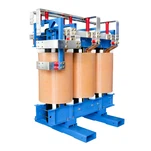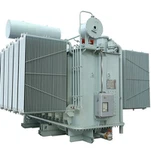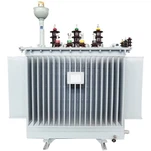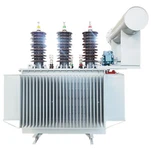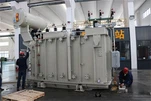Within electrical power distribution systems, particularly at the distribution transformer level, the Load Switch (often called a Load Break Switch - LBS) plays a vital role in managing circuit connections while the transformer is energized and supplying power.
Its primary function is to safely make (close) or break (open) the electrical circuit connecting the transformer to the downstream load network. Crucially, it is designed to perform these switching operations under normal load current conditions. This distinguishes it from an isolator (which only operates when the circuit is de-energized) and a circuit breaker (which is designed to interrupt high fault currents during short circuits).
Key Characteristics and Operation:
On-Load Capability: Engineered with robust contacts and specific arc control mechanisms to safely extinguish the arc generated when interrupting load current. Common arc quenching methods include using SF6 gas, vacuum, or air with special arc chutes.
Limited Fault Interruption: While essential for routine load switching, a standard load switch is NOT designed to interrupt high short-circuit fault currents. This protection function is reserved for dedicated circuit breakers backed by protective relays.
Isolation Function: When in the open position, a load switch provides a clearly visible isolation gap, meeting safety standards for maintenance work downstream by ensuring physical separation and isolation from the transformer's voltage source.
Manual or Motorized Operation: Often operated manually (via an insulated pole or handle) for smaller systems, but can be motorized for remote operation in automated substations.
Applications:
Load switches are fundamental components found in:
Transformer Secondary Terminations: Directly connected to the low-voltage (LV) or medium-voltage (MV) bushings of distribution transformers.
Ring Main Units (RMUs): Providing switching points within compact secondary distribution networks.
Padmount and Substation Transformers: Allowing safe isolation and connection of feeders without needing a full outage.
Industrial Installations: Providing local isolation points for transformers feeding critical loads.
In essence, the transformer load switch is the workhorse for routine operational control. It provides the indispensable ability to safely connect or disconnect downstream loads for operational flexibility, maintenance, or isolation purposes, ensuring system reliability without requiring a complete transformer shutdown.


